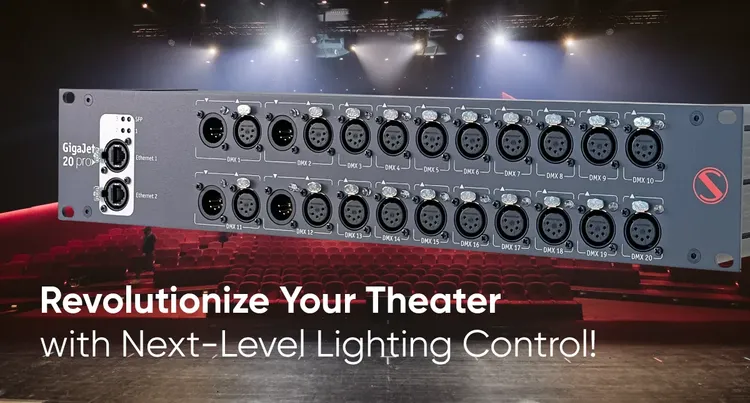Essentials of Light in Theater: Role and Historical Foundations
Light in theater extends beyond simple visibility—it shapes space, guides the eye, and evokes emotion. In performances where bodies move without words, light must align with the rhythm, emphasizing arcs or group forms. Light serves as an unseen director, extending the performer's presence.
Historically, Adolphe Appia treated light as an emotional tool, using directed beams to create volume and make figures emerge from shadow. Alexander Salzmann, his collaborator, developed magical lighting responsive to motion, influencing modern approaches. This ties to technical progress, but the core remains emotional content—light amplifies the inner drive of the action.
For designers, light is part of the ensemble: it sets time, place, mood. In abstract narratives, light provides the score, with cues syncing to beats or breaths.
Key takeaway: Light sculpts emotion and space, drawing from innovators like Appia, emphasizing rhythmic partnership with movement. Technology supports imagination—use available tools to convey essence without compromise.

